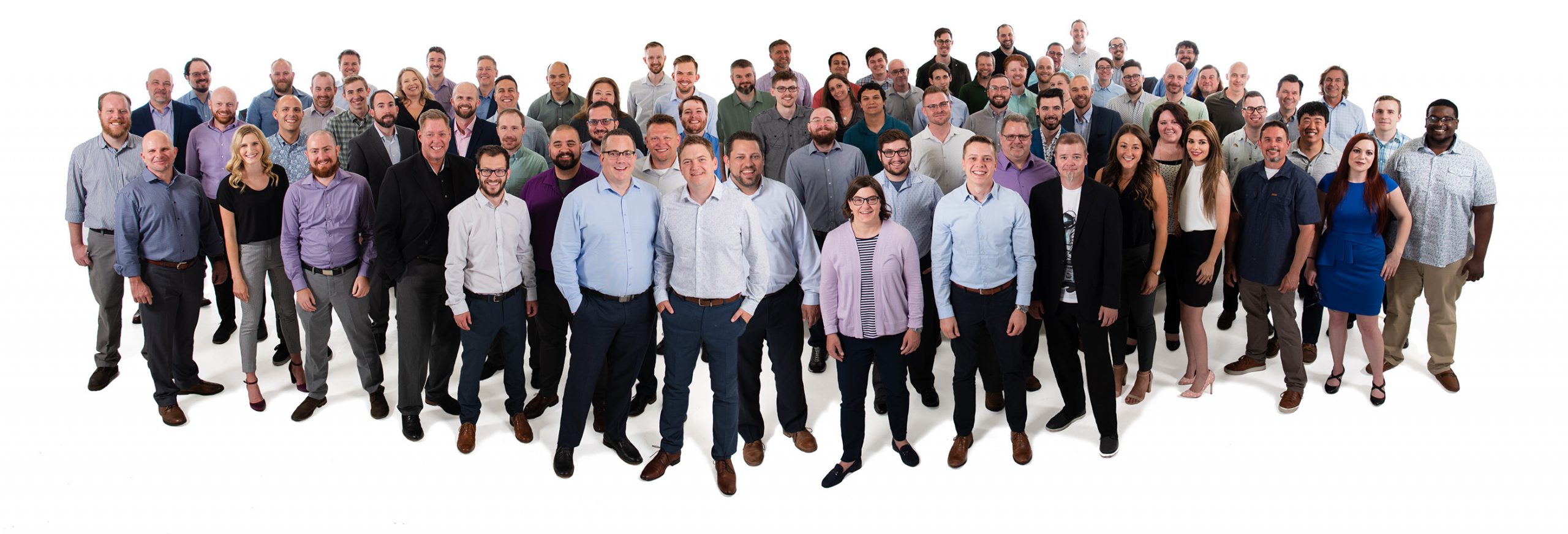With less than 12 months left until Microsoft ends support for Windows 7, it’s time to start preparing your organization to make the switch to Windows 10. Although Microsoft is still releasing regular patches for Windows 7, that’s all about to change. The last security update will be released in January 2020, leaving only a few months to ensure your organization is prepared.
The primary reason for transitioning to Windows 10 (Microsoft’s newest operating system) is security updates, but that’s not the only reason. Both new Windows features and third-party application support will require the latest operating system to continue functioning correctly.
System security is an ongoing battle between those with malicious intent and Microsoft’s patching for new security threats. Without these security patches, Windows 7 systems will become vulnerable to viruses, malware, and third-party software exploitations. These kinds of threats increase over time but without patches, outdated systems will inevitably become security risks to your network.
Now that upgrading or updating has become a requirement you may be wondering where to start. Generally, we recommend systems older than five years be replaced, as upgrading to Windows 10 could cause poor user experience and slow system speed. For most users, the transition to Windows 10 is a fairly simple process. Greystone can help roadmap a plan for a smooth transition over the coming months for these systems. Unlike Windows 8 and 8.1, Windows 10 is visually similar to Windows 7 and there is only a very small learning curve for the new operating system. Depending on the number of computers that will need to be upgraded and replaced, Greystone may need to treat the process as a project outside the scope of your TotalCare contract. Please consult with your team to find the avenue that best suits your organization’s needs.
If upgrading to Windows 10 is just not a possibility for your organization at this time, Microsoft is offering extended security updates (ESU) for $50/device that will include 12 months of critical updates. These ESU options are only available for Microsoft volume licensing users, so regular Windows pro licenses do not qualify for extended support. Microsoft will make these extended security updates more expensive the second year, doubling the price to $100/device and doubling it again the final year to $300/device. Just like Windows XP, some older programs will still require Windows 7 to run properly. These systems can still exist inside a secure network, however once patching from Microsoft ceases these systems should not have access to the internet. Internal LAN access can remain intact.
Regardless of what route your company decides to take, Windows 7 will soon become a liability for your network. By keeping Windows 7 computers on your network in 2020, there is a greater risk of security vulnerabilities and the possibility of incompatibility with third-party applications. Please consider scheduling a discussion with your Greystone consulting team to begin planning for this transition.
Windows 7 End of life. (n.d.). Retrieved March 20, 2019, from https://www.microsoft.com/en-us/windowsforbusiness/end-of-windows-7-support

